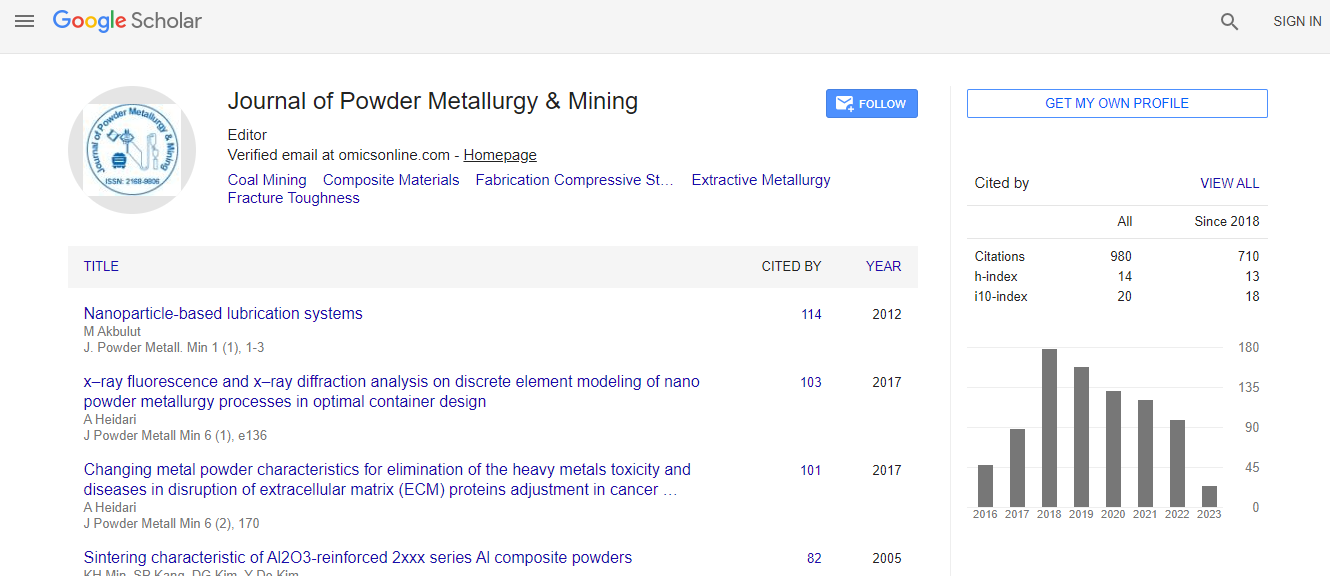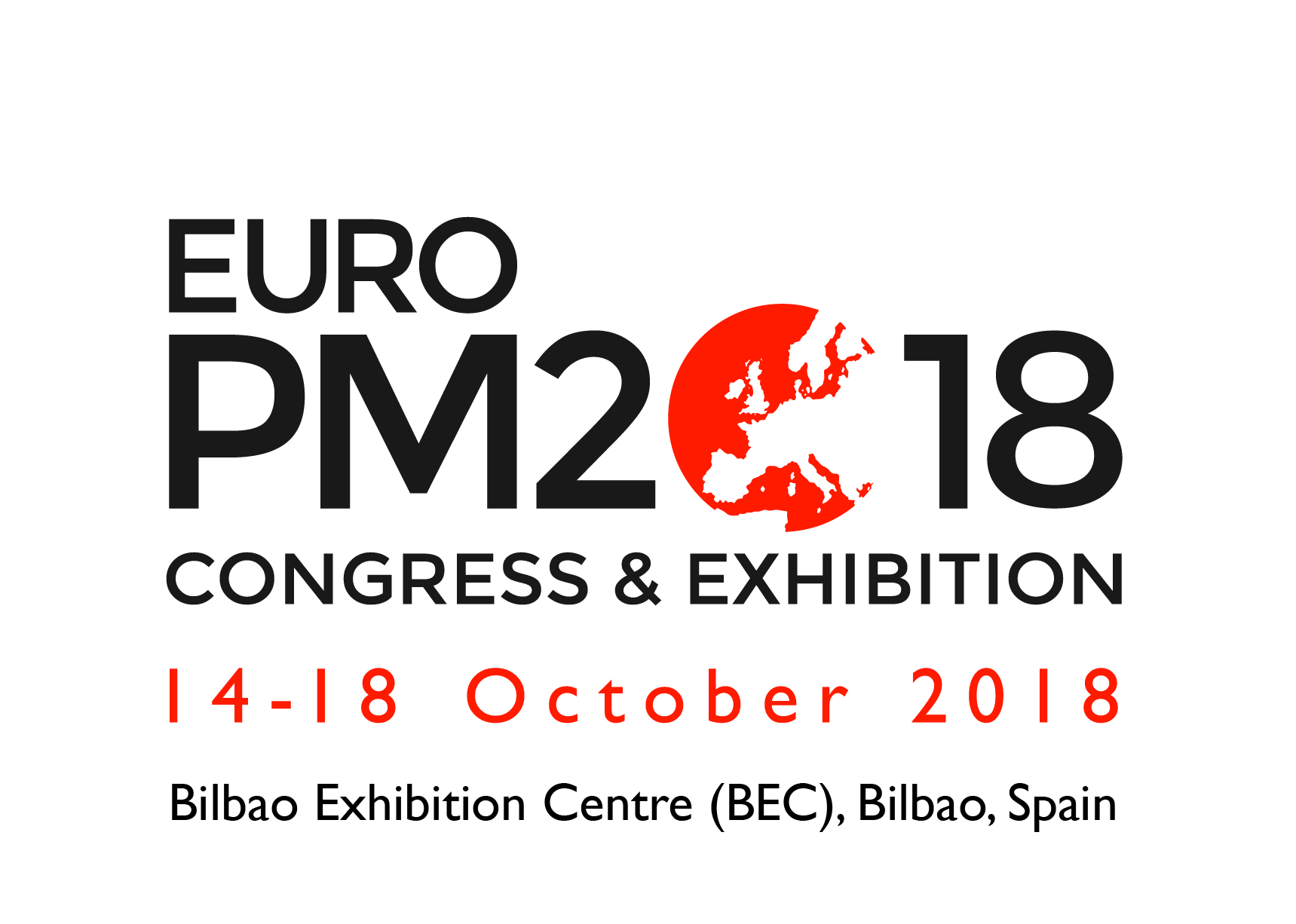Research Article
Using X-Ray Fluorescence to Examine Ancient Extractive Metallurgy Practices: A Case Study from Iron Age Khirbat al-Jariya, Jordan
Liss B* and Levy TECUCSD Levantine and Cyber-Archaeology Lab, University of California, San Diego, USA
- *Corresponding Author:
- Brady Liss
UCSD Levantine and Cyber-Archaeology Lab
University of California, San Diego, USA
Tel: 203-482-0050
E-mail: bradyjliss@gmail.com
Received Date: December 29, 2015; Accepted Date: January 12, 2016; Published Date: January 20, 2016
Citation:Liss B, Levy TE (2016) Using X-Ray Fluorescence to Examine Ancient Extractive Metallurgy Practices: A Case Study from Iron Age Khirbat al-Jariya, Jordan. J Powder Metall Min 4:140. doi:10.4172/2168-9806.1000140
Copyright: © 2016 Liss B, et al. This is an open-access article distributed under the terms of the Creative Commons Attribution License, which permits unrestricted use, distribution, and reproduction in any medium, provided the original author and source are credited.
Abstract
The first industrial revolution to appear in the southern Levant (Israel, Jordan, Palestine, Lebanon, southern Syria and the Sinai Peninsula) occurred during Iron Age (ca. 1200-500 BCE) when large scale copper smelting occurred. The hub of this technological development occurred in the Faynan region of Southern Jordan, which is home to the largest copper ore deposits in the southern Levant. Throughout history, these abundant ores were exploited by local populations with copper production reaching an industrial scale in the 10th and 9th centuries BCE. The evidence for this massive production remains visible on the surface throughout Faynan at ancient smelting sites populated with large heaps of industrial copper slag. Khirbat al-Jariya (KAJ), one such copper smelting center, was the focus of renewed excavations by the Edom Lowlands Regional Archaeology Project in the summer of 2014. In order to investigate the history of metal production at KAJ, a test probe was excavated into one of the site’s slag mounds. The 1×1 meter sounding was excavated to bedrock to provide a complete representation of copper smelting activities during the site’s history. To supplement excavations, our team collected geo-referenced slag samples from stratigraphically controlled contexts within the probe and from several other slag mounds around the site at KAJ. These samples were subsequently the focus of post-season X-Ray Fluorescence (XRF) analysis to provide insight beyond the visible record. By combining the XRF results with the chronological framework provided by archaeological excavation, it is possible to examine diachronic changes in the elemental compositions of the slag samples. In turn, the elemental contents of the slag can be used as a proxy for evaluating the extractive metallurgy practices of the ancient metalworkers. Thus, this paper presents the results of the XRF analyses and the possible conclusions to be drawn concerning ancient copper smelting at Khirbat al-Jariya.

 Spanish
Spanish  Chinese
Chinese  Russian
Russian  German
German  French
French  Japanese
Japanese  Portuguese
Portuguese  Hindi
Hindi 

